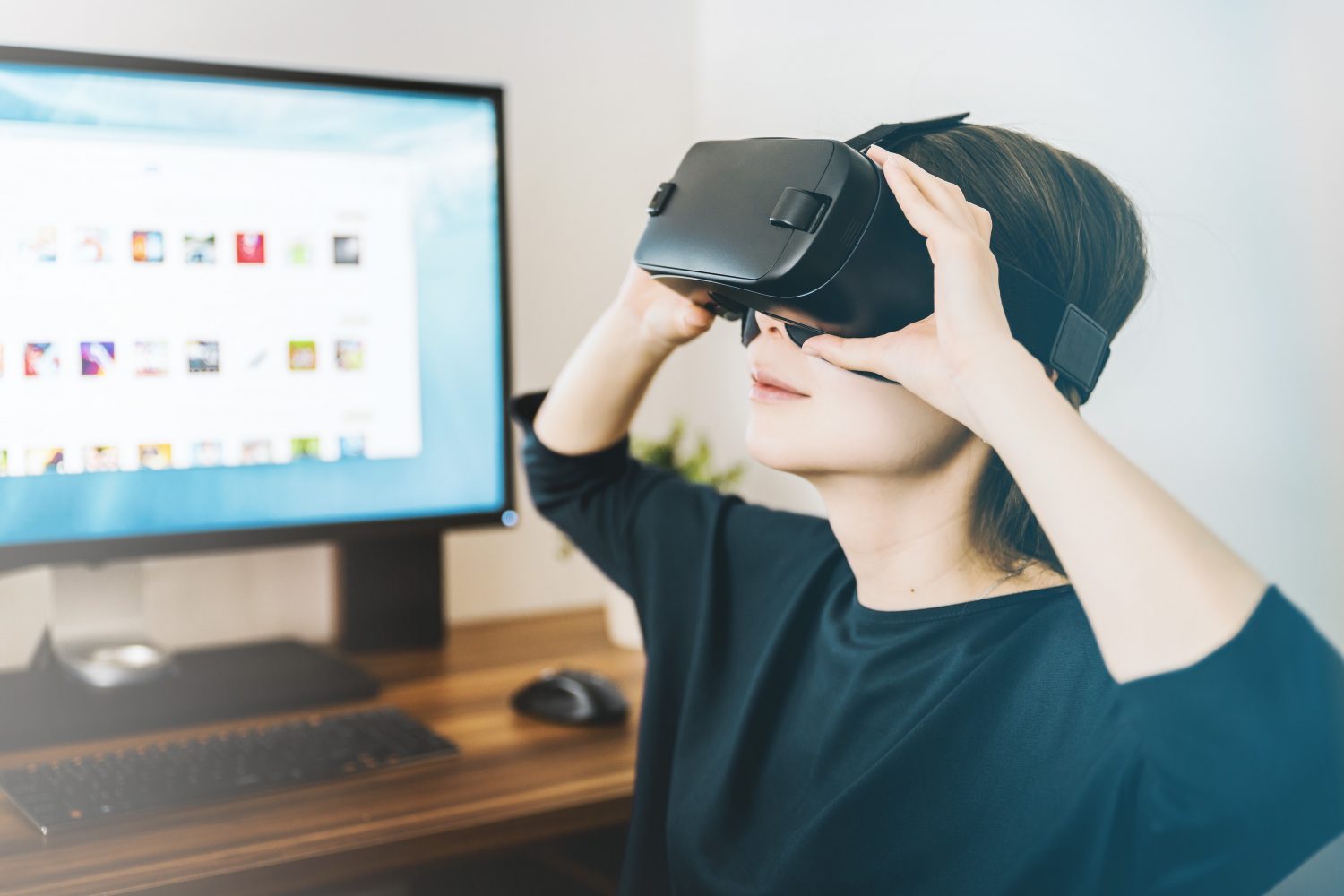Education Technology Trends

How can a new generation of technologies improve learning? 1-minute analysis
As falling prices and more impactful technologies for schools emerge, what are the main trends?
1. AI
AI is driving innovations including personalisation, assessment, and teacher augmentation.
Applications include:
- Personalised learning journeys
- Assessment and marking
- Classroom assistance
2. xR
AR and VR are becoming more affordable and increasingly used for learning.
Applications include:
- Chemistry through the manipulation of atoms
- Engineering processes Anatomy
- Virtual expeditions and tours
- Educational games
3. Maker Spaces
Since 2006, there has been a 14x increase in the number of maker spaces worldwide, bringing with it a wave of “technopreneurs”. Leading schools across the world have followed this trend to provide rich learning opportunities for their students including:
- Coding
- 3d Printing
- Electronics
- Physical computing – Robotics, Raspberry Pi, Arduino, Drones
4. Python
Python can be used to learn a wide range of Maths and Physics concepts from calculus to astrophysics.
It is growing rapidly and underpins much of the Data Science world.
5. Clean Energy
Having clean energy in learning environments offers rich learning opportunities, as well as making sound economic sense.
Other technology considerations
As MOOCs continue to grow, so do the number of credentials that are open to anyone, including some school-age children.
Blockchain-based credential innovations use as an alternative mechanism for people to get credentials beyond traditional awarding bodies.
Controlled use of controlled smart phones offer possibilities for language learning, AR, gaming, media production, science experiments
Picture source Jjeshoots-com-655112-unsplash